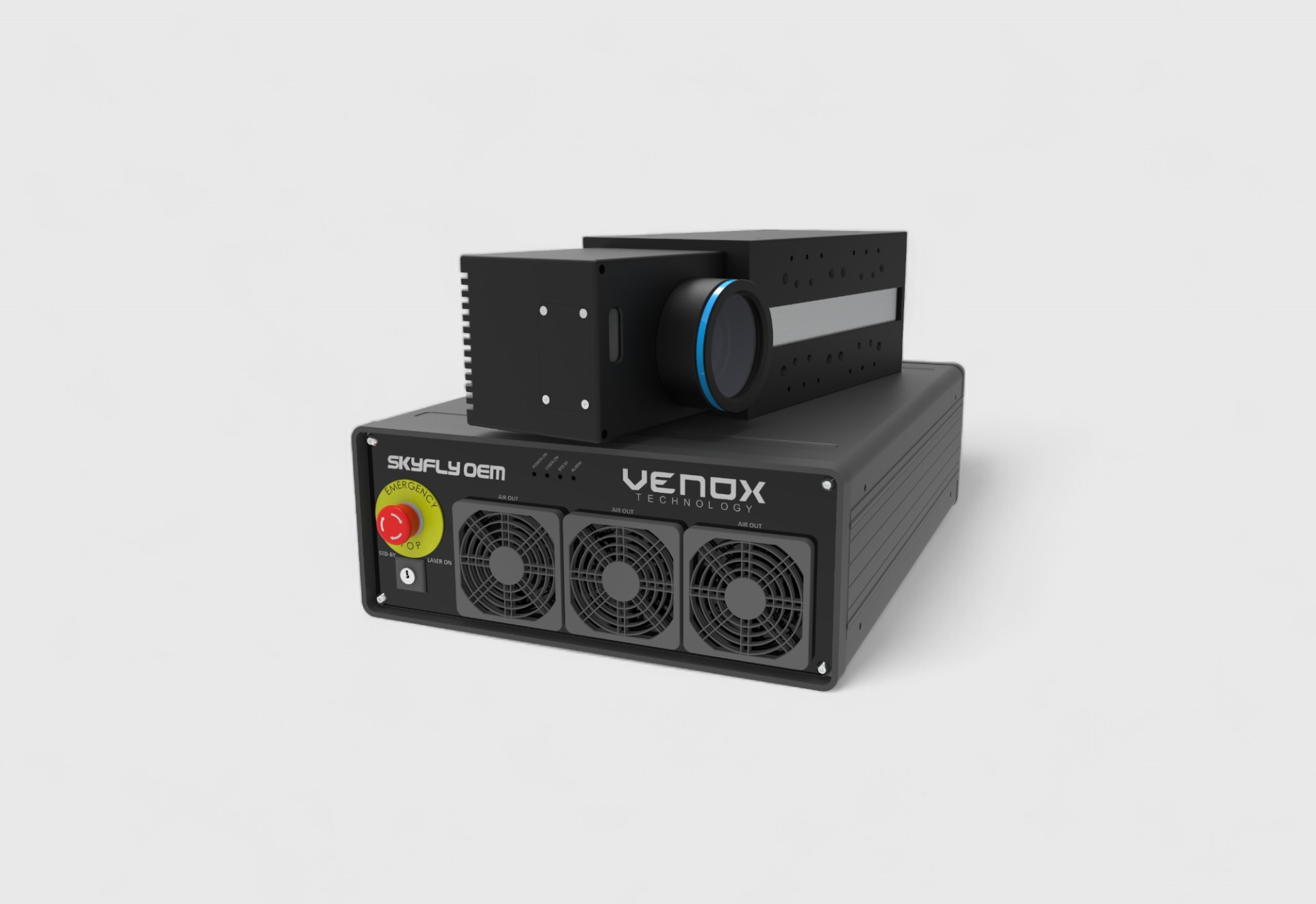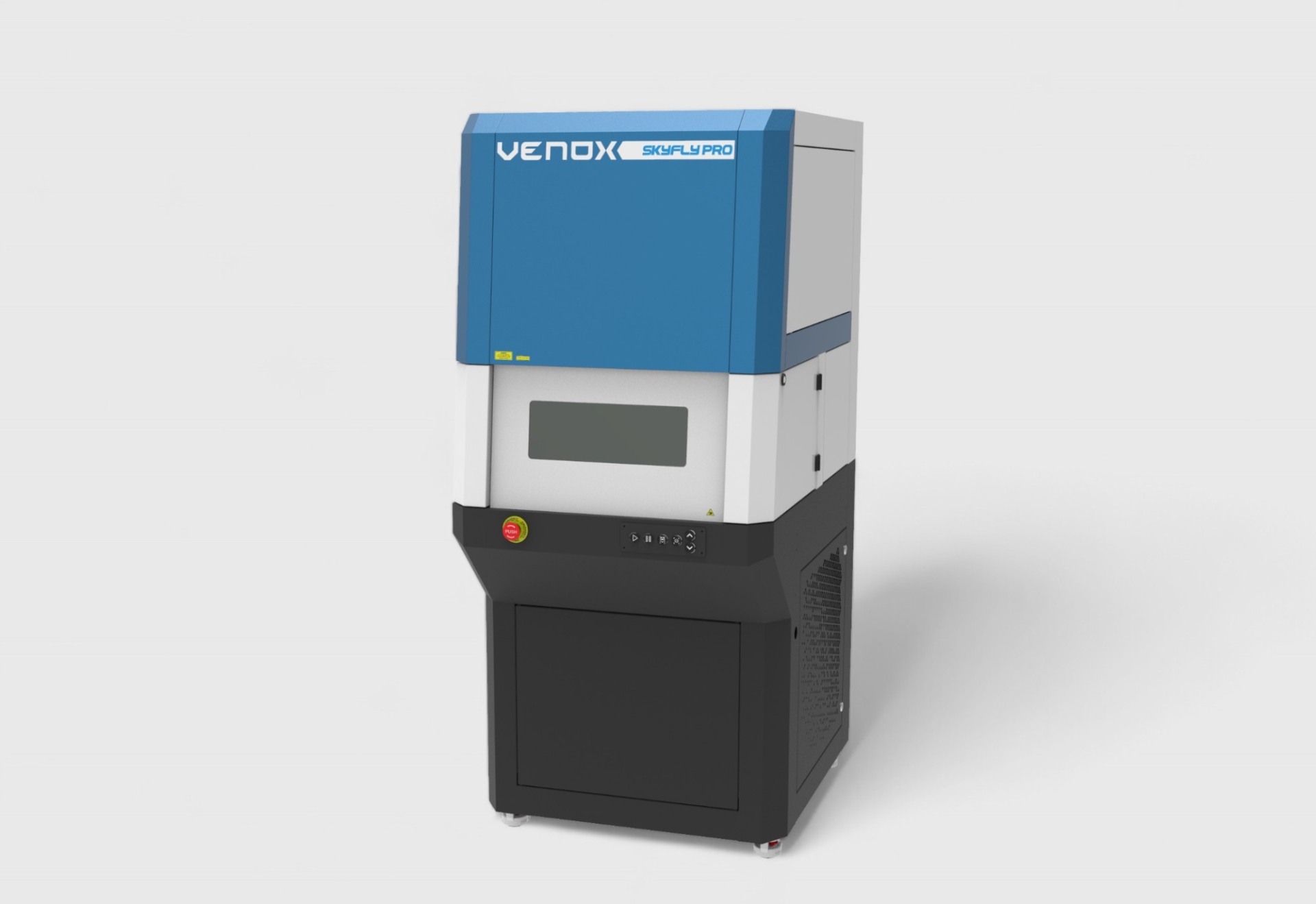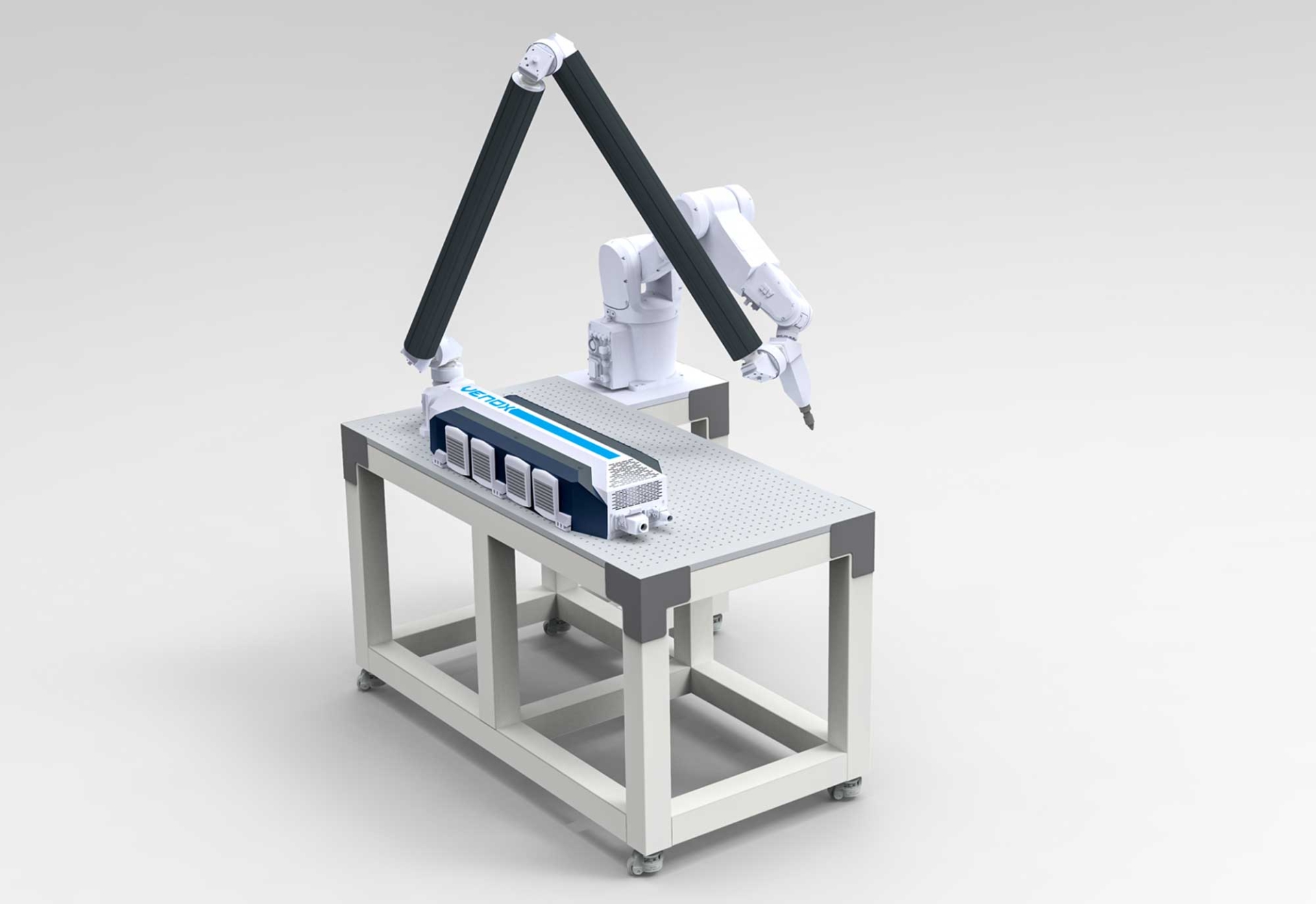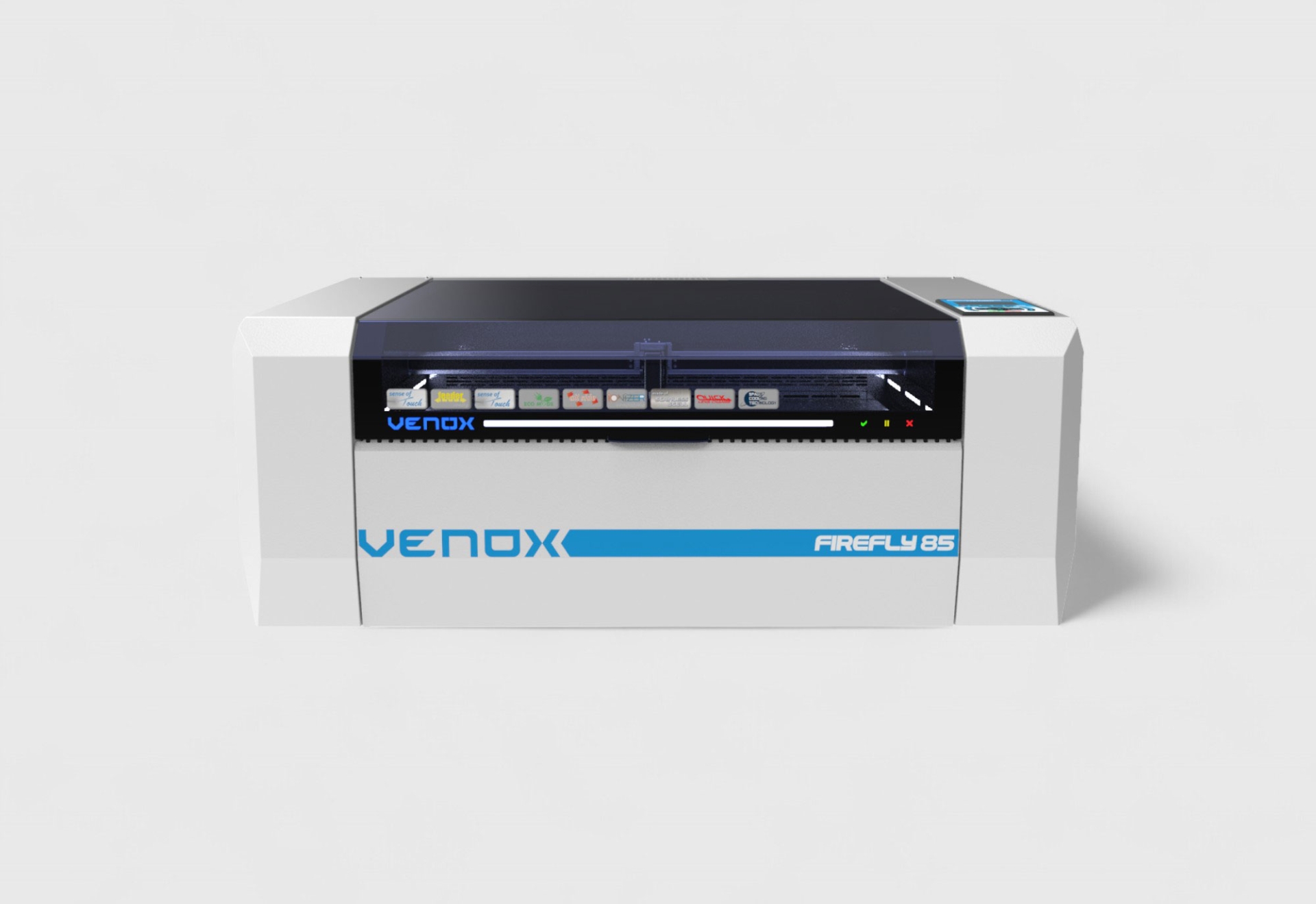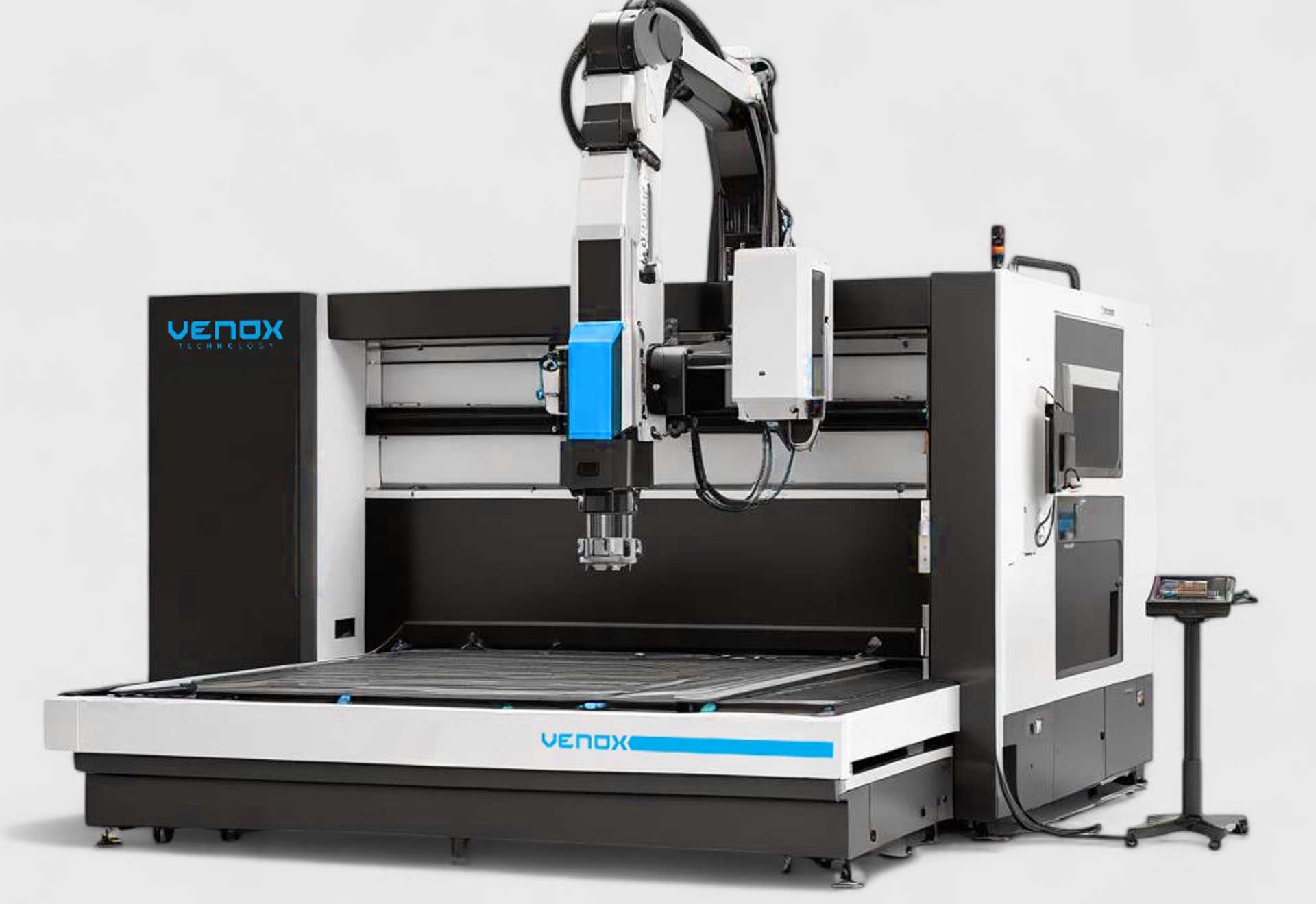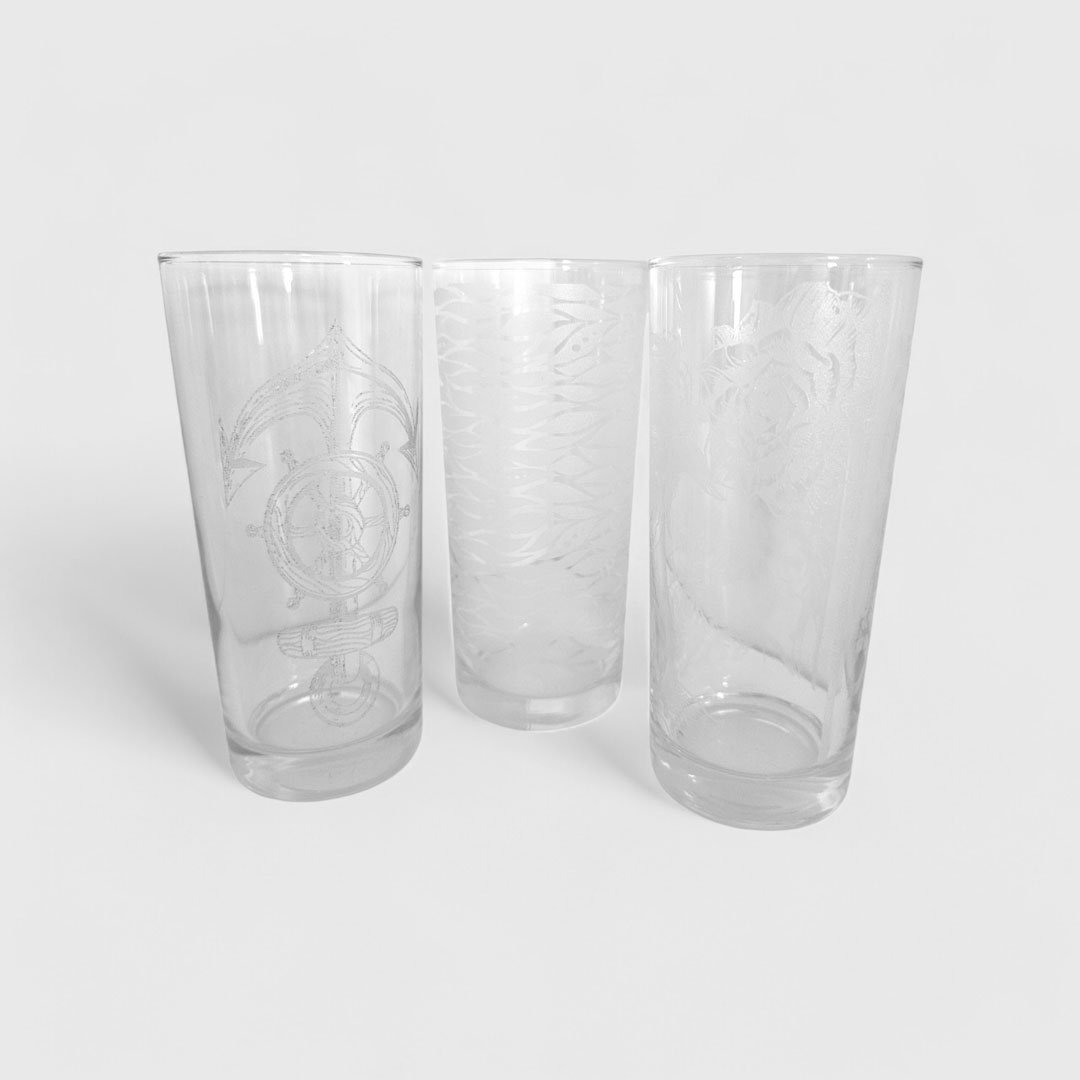Each glass type absorbs, transmits, and reflects laser energy differently. Therefore, there is no “single correct setting” — you need to understand the material’s optical/thermal behavior and define the parameter window accordingly. For application examples and context, see our Glass sector page, and compare suitable hardware options under Laser Cutting Systems and Laser Cutting & Marking Machines.
Fundamentals of Material Behavior
Absorption, Reflection, and Heat Conduction
Laser–glass interaction is a balance of three factors: absorption (energy taken in), reflection (especially on coated/mirror surfaces), and heat conduction (the spread of energy). High reflection → risk of hot spots on the surface; excessive absorption → tendency toward local stress and micro-cracks.
- On highly absorbing glasses: a multiple light-pass approach with speed ↑ and power ↓ is safe.
- On reflective surfaces: apply slight positive defocus, increase hatch spacing, and optimize exhaust/airflow.
Effects of Thickness and Internal Stress
As thickness increases, heat dissipation slows, and the risks of edge chipping and micro-cracks rise. On tempered glass, due to residual stress, post-tempering cutting is particularly risky (generally not recommended).
- Thick glass (≥10–12 mm): increase speed, reduce power, add defocus and multiple passes; follow hole–edge and inner-radius minimums.
- Thin–medium thickness: narrow kerf, fast cycle; you’ll need hatch spacing and airflow that limit heat buildup.
Type-Specific Tips and Parameter Windows
Float / Soda-Lime Glass
The most common glass class. Provides balanced results in laser cutting and decorative engraving at thin–medium thicknesses. To improve edge quality, prefer multiple light passes and an appropriate inner radius.
- Starting approach: speed ↑, power ↓, medium hatch spacing; keep exhaust/air direction away from the beam path.
- Applications: display/decor parts, logo panels, fine markings.
Borosilicate Glass
High resistance to thermal shock; however, it may show low absorption at certain wavelengths. Delivers stable results for fine detail and engraving; the parameter window can be narrow.
- Start: low–medium power, higher speed, slight positive defocus; grade the effect using multiple passes.
- Applications: laboratory glassware, heat-resistant decorative elements.
Laminated Glass (PVB/EVA/SGP)
The interlayer retains heat, which can cause local softening and imprinting. Masking and directed exhaust are important.
- Start: speed ↑, power ↓, hatch spacing medium–wide; leave allowance at edges for gas/particle venting.
- Applications: architectural safety panels, multi-piece display solutions.
Mirror Glass
The metallic coating produces high reflectivity, with risks of surface hot spots and coating damage. A masking film and slight defocus are recommended.
- Start: power ↓, speed ↑, defocus +; hatch spacing ↑; increase exhaust/airflow.
- Applications: decorative shaping, superficial marking (samples required).
Low-E (Low Emissivity) Coated Glass
Due to thin dielectric/metal layers, the parameter tolerance is very narrow. Proceed with test strips to avoid coating peel/blemish.
- Start: multiple light passes, defocus +, hatch spacing medium–wide; masking and clean optics are essential.
- Applications: energy-efficient architectural panels (engraving/marking is often planned before tempering).
Short Comparison Table
| Type | Absorption/Reflection Tendency | Safe Starting Approach | Note |
|---|---|---|---|
| Float | Balanced | Speed ↑, Power ↓, medium hatch spacing | Observe inner-radius and hole–edge minimums |
| Borosilicate | Low absorption (some λ) | Multiple light passes, slight defocus | Narrow window; sample–approval advised |
| Laminated | Interlayer traps heat | Speed ↑, Power ↓, spacing medium–wide | Allow for gas/particle venting |
| Mirror | High reflectivity | Defocus +, Power ↓, Speed ↑ | Masking and exhaust are critical |
| Low-E | Coating is sensitive | Multiple light passes, defocus + | Parameter tolerance is very narrow |
Pre-Project Check-List and CTA
- Are the glass type, thickness, and coating/lamination details stated in the file?
- Do hole–edge distances and inner-radius rules comply?
- Are sample strips planned (3× power × 2× speed × 2× spacing)?
Let’s choose the configuration that fits your project together: review the Laser Cutting Systems and Laser Cutting & Marking Machines pages, then send us your file.
Frequently Asked Questions (FAQ)
On which glass type will I get the cleanest edge with a laser?
When aesthetic edge quality is the priority, CNC diamond + polish/chamfer is often preferred. With the right parameters and multiple passes, clean laser edges are also achievable; it depends on type and thickness.
On coated glass, is engraving or cutting safer?
Surface engraving is generally more predictable; in cutting, the risks of coating and interface damage increase. In both cases, sampling and a narrow parameter window are essential.
Why are multiple light passes recommended on borosilicate?
Loading energy gradually lowers local stress peaks and reduces micro-crack risk; it is especially beneficial at wavelengths with low absorption.
